 Mysteries
Mysteries  Mysteries
Mysteries  History
History 10 Surprising Stories About the Texas Rangers
 Humans
Humans 10 Philosophers Who Were Driven Mad by Their Own Theories
 Miscellaneous
Miscellaneous 10 Video-Game-Worthy Weapons and Armors from History
 Weird Stuff
Weird Stuff 10 Psychics Who Accurately Predicted Wartime Events
 The Arts
The Arts 10 Pieces of Art Inspired by a Broken Heart
 Health
Health 10 Science Fiction-Sounding New Medical Treatments
 History
History 10 Surprising Facts About the Father of Submarine Warfare
 Space
Space Ten Astonishing New Insights into Alien Worlds
 Weird Stuff
Weird Stuff 10 Bizarre Summer Solstice Rituals Still Practiced Today
 Mysteries
Mysteries Top 10 Haunting Facts About the Ghost Ship MV Alta
 History
History 10 Surprising Stories About the Texas Rangers
 Humans
Humans 10 Philosophers Who Were Driven Mad by Their Own Theories
Who's Behind Listverse?

Jamie Frater
Head Editor
Jamie founded Listverse due to an insatiable desire to share fascinating, obscure, and bizarre facts. He has been a guest speaker on numerous national radio and television stations and is a five time published author.
More About Us Miscellaneous
Miscellaneous 10 Video-Game-Worthy Weapons and Armors from History
 Weird Stuff
Weird Stuff 10 Psychics Who Accurately Predicted Wartime Events
 The Arts
The Arts 10 Pieces of Art Inspired by a Broken Heart
 Health
Health 10 Science Fiction-Sounding New Medical Treatments
 History
History 10 Surprising Facts About the Father of Submarine Warfare
 Space
Space Ten Astonishing New Insights into Alien Worlds
 Weird Stuff
Weird Stuff 10 Bizarre Summer Solstice Rituals Still Practiced Today
10 Insane Martial Arts You’ve Never Heard Of
We’ve all seen the Hollywood “wire-fu” and the Chuck Norris white-boy karate. Everybody knows about the Segal arm snap and the Van Damme ballerina kick. Even the popular modern mixed martial arts combat sports are dominated by a fairly rigid set of styles that often result in grueling grappling matches, methodically paced Brazilian jiujitsu, and run-of-the-mill hybrid kickboxing.
But there are many other fighting styles. What about the moves too brutal for the ring and too ugly for the screen? What about the age-old deadly arts that have stood the test of time without being bastardized, glamorized, and regurgitated by seekers of profit and fame? Here are several examples of hardcore martial arts that you won’t see taught in strip malls to anyone who has a few extra bucks a month.
10Bokator
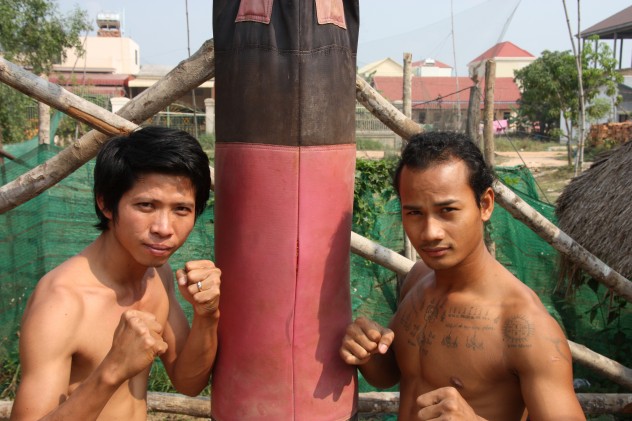
Bokator is a Cambodian martial art that dates back to the armies of Angkor, who dominated the battlefields of Indochina over 1700 years ago. “Bokator” translates as “pounding a lion”, referring to an ancient legend telling of a Bokator practitioner who found himself toe-to-toe with a man-eating lion. As the story goes, the warrior killed the bloodthirsty beast with a single, perfectly placed knee strike.
Like many other Asian martial art styles, Bokator is based on the movements and mannerisms of various animals, such as eagles, cranes, horses, snakes, and, of course, lions. What sets it apart from the others is its brutality and battlefield practicality. Boasting a catalogue of over 10,000 techniques such as elbow and knee strikes, joint locks, throws, and submissions, Bokator is a deep and very complex art form, giving fighters endless options for engagement.
9Rough and Tumble
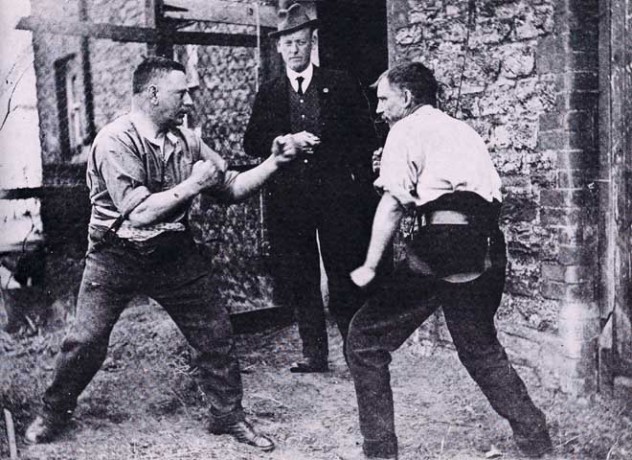
This one is a lot more intense than it sounds. In fact, they should have called it “maim and kill”, since that was the main goal in mind when this system of fighting was developed during the 18th and 19th centuries in the southern United States. The term “gouging” was also used to describe this fighting style due to the fact that one of its most prolific techniques was eye gouging, and not the classic Three Stooges finger poke either.
Rough and Tumble fighters emphasized maximum disfigurement and a no-holds-barred ferocity that can be challenged by very few others. Some were even said to have filed their teeth into razor-sharp weapons, which they would then use to bite off the ears, noses, lips, and fingers of their opponents. And since the genitals were fair game, many fighters literally lost their manhood in these cold-blooded confrontations. This heartless brutality is the main reason why Rough and Tumble isn’t often talked about or practiced in these “civilized” modern times.
And since most of the techniques were never officially codified and cannot even be practiced without the extreme danger of life-altering injury, they have been largely ignored by the majority of the modern martial arts community. It seems nowadays that most people, even those who love to fight, are just not quite hardcore enough for the eye-gouging, neck-biting, genital-ripping fun that is Rough and Tumble.
8Bakom
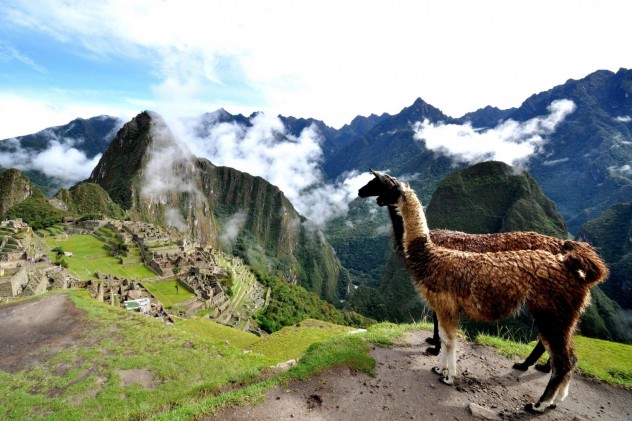
A product of the poverty-stricken shantytowns of Lima, Peru, Bakom is a dangerously ruthless martial art that teaches not only to quickly disable and/or kill your opponent, but also to use deception and other so-called “less than honorable” tactics, such as the use of hidden weapons.
Founded in the 1980s by a former Marine and ex-convict, Roberto Puch Bezada, Bakom is officially classified as a modern hybrid martial art, incorporating various elements of jujutsu with Vale Tudo-style street fighting. Common techniques include bone-snapping arm locks, merciless chokeholds, and precision strikes at the vital organs, all at a breakneck pace designed to overwhelm opponents before they have time to realize how much trouble they’re in. The result is a blitzkrieg of beat-down that nobody wants to see heading their way.
7Lerdrit
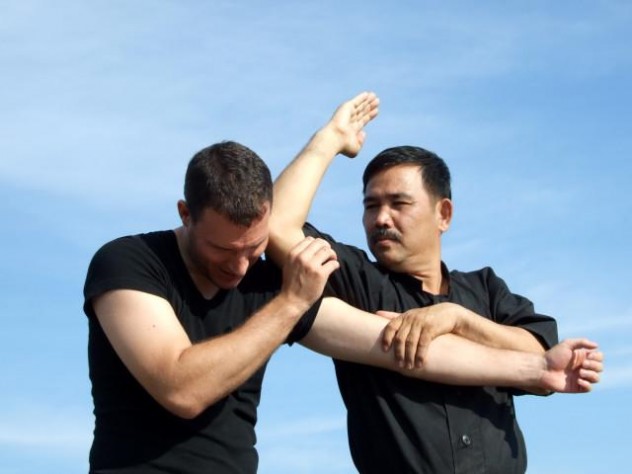
Lerdrit is a modern derivation of the traditional Thai fighting techniques currently practiced by the elite commandos of the Thai Royal Army. The basic principles of Lerdrit are similar to those of its predecessors (Muay Thai, Muay Boran). However, there are a few key differences that kick it up by a whole new factor of awesomeness.
Fighters are taught to attack without warning, immediately take their opponents to the ground, and finish the fight quickly with one of the many devastating kill strikes, such as a boot to the throat or elbows to the temple, all while minimizing risk of injury by using the “hard” parts of the body, such as knees, palms, shins, and (the aforementioned classic) the elbow. As with all military fighting systems, Lerdrit’s goal is radical and specifically designed for life or death situations. It’s not just about kicking ass; it’s about taking lives.
6Dambe
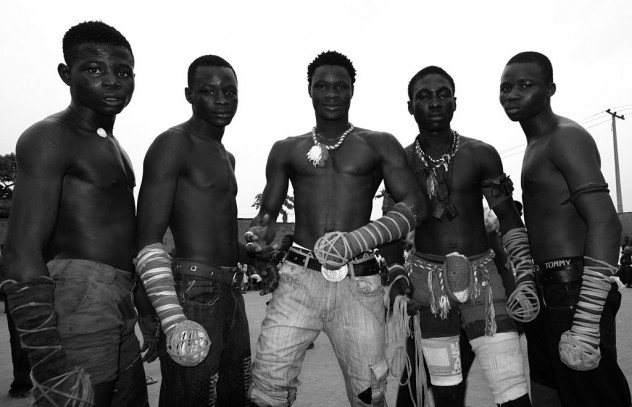
Based on the ancient boxing traditions of Egypt, Dambe is a deadly striking art developed by the Hausa people of West Africa, many of whom traveled the land as butchers, moving from village to village performing combat ceremonies and taking on any challengers.
The primary weapon in Dambe is the strong-side fist, also known as the spear, which is wrapped in a piece of cloth covered by tightly knotted cord, while the fighter’s favored leg is wrapped in a thick chain. It’s as if kicking people in the face just wasn’t quite hardcore enough for the butchers of West Africa. They had to start wrapping their legs in jagged metal to really get their blood going.
Interesting side-note: Many of the modern-day Dambe fighting companies who travel the land performing for villages engage in the ritualistic smoking of marijuana before bouts.
5Systema

Let’s face it—just to survive in Russia, one must be at least a little bit crazy. It’s no surprise, then, that Systema (the official martial art of the infamous Russian Spetsnaz) is such a cold and efficient way of opening a proverbial can on any capitalist pigs that refuse to get with the program.
Systema focuses on controlling the important parts of the body—the elbows, neck, knees, waist, ankles, and shoulders, through pressure points and critical hits. The root philosophies of the system are based on the laws of biomechanics and anatomy, with much of the training focusing on studying the natural weaknesses of the human form so that one may manipulate them at will.
Another unique characteristic of Systema is that it doesn’t just focus on unarmed, one-on-one combat, as do many other martial arts. Instead, it teaches the practitioner how to deal with multiple opponents coming from all angles with a variety of weapons. Because hey, what’s more badass than knocking out an overly muscled thug? Well, knocking out five or six overly muscled thugs.
4Jailhouse Rock

Jailhouse Rock (JHR) is one of only two martial arts that are indigenous to the United States. Created within the cutthroat world of (you guessed it) America’s prison system, JHR is a prime example of no-frills brawling developed by men who literally have nothing better to do than work out and fight.
JHR’s is notable for its brutal training methods, one of which is known as 52 pick-up. A deck of cards are scattered about the floor and trainees are made to pick them all up in order while being beaten mercilessly by three or more others.
3Kalari Payat
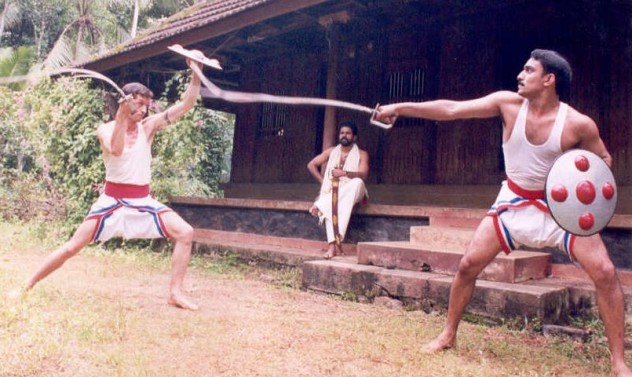
Indigenous to the southern Indian state of Kerala, Kalari Payat is commonly recognized as the oldest fighting system in existence and predecessor to some of the most popular martial arts in the world. Oral tradition claims that it was created by an incarnation of the Hindu god Vishnu, who is also described as the “Preserver of The Universe” and who was said to have a “universal form that was beyond the ordinary limits of human perception”.
Kalari Payat has many variations and sub-types, each specializing in different facets of both armed and unarmed combat. One of the most notable is Marma Arti (hitting the vital spots), which, in the hands of a master, can instantly paralyze or kill with a single, well-placed strike to any one of the 108 nerve points that are considered to be lethally vulnerable. And, as if they’re so deadly that it makes them feel guilty, the masters of this powerful art also study the Siddha medical system, which stems from the same ancient teachings.
2Silat
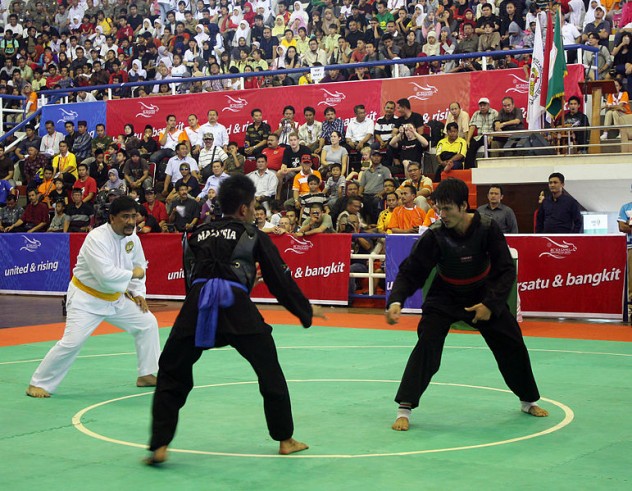
Developed by the ruthless headhunting tribes of Malaysia, Singapore, and the Philippines, Silat is a collective word for hundreds of different styles of combat, including grappling, striking, joint manipulation, throws, and the use of bladed weaponry.
The earliest evidence of Silat being taught in its present form is found in Sumatra. There, according to legend, a woman created the combat system based on observing wild animals, much like many other Asian martial arts. Today, Silat is employed by several military groups throughout the Malay Archipelago and surrounding lands, and by the notorious pirate clans of the South China Sea.
1Okichitaw
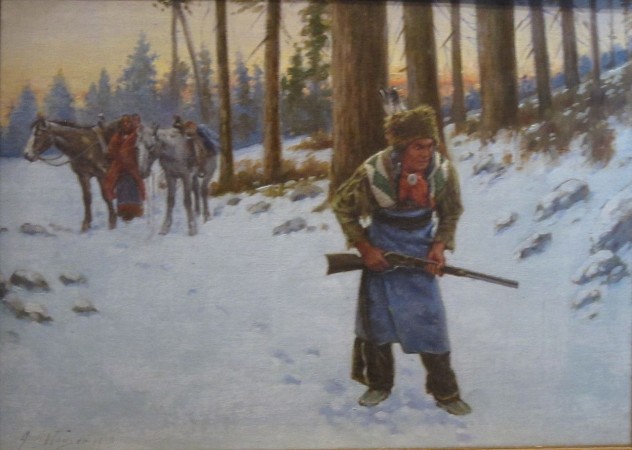
One of the few remaining examples of Native American martial arts, Okichitaw is based on the fighting techniques of the Plains Cree First Nations. Founded by George J. Lepine, a student of judo, tae kwan do, and hapkido who also mastered the gunstock war club and tomahawk-throwing techniques, Okichitaw is a hybrid art that combines the ravenous fury of the Native American fighting spirit with the tried-and-true methods of popular Asian styles.
The techniques taught in Okichitaw often assume the possession of a weapon. Much like aikido, even if the practitioner is empty-handed, his/her strikes are performed as if a weapon is being used. For instance, the hands are used like tomahawks, while kicks jab at a distance like spears. Knife techniques are also very prevalent within the codified systems of Okichitaw. After all, what’s the use of learning a badass Native American combat art if it doesn’t teach you how best to scalp a white man?








